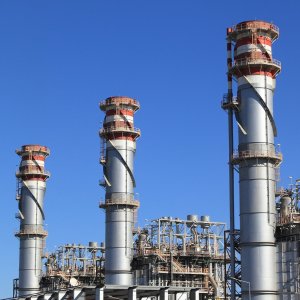
Condensates Drive PEMEX’s Liquid Hydrocarbon Production Recovery
 By Karin Dilge | Journalist and Industry Analyst -
Thu, 06/01/2023 - 13:51
By Karin Dilge | Journalist and Industry Analyst -
Thu, 06/01/2023 - 13:51
The recent recovery in the production of liquid hydrocarbons by PEMEX was driven by condensates. Their significant presence in some of the new fields developed by the state-owned company is now the key to sustaining the company’s efforts toward crude production recovery.
Condensates are hydrocarbons that exist in a gaseous form within oil and natural gas reservoirs but condense into a very light hydrocarbon upon contact with the surface temperature. Production of this type of hydrocarbon has begun to increase with the development of the Quesqui and Ixachi onshore fields, which surprised with their high content of these liquids.
Based on the American Petroleum Institute (API) classification, condensates are very light, with a minimum gravity of 50° although they can reach up to 120°. Mexico's lightest crude is Olmeca, with a 39° API.
The share of condensates in PEMEX's report on liquid hydrocarbon extraction, totaling 296.544Mb/d, reached 15.5% in April, compared to 14.8% in the same month of 2022. One year ago, it accounted for only 4.5% of total extraction and in 2018, it was just 1% of the total. Total crude oil extraction, meanwhile, totaled 1.607MMb/d in April 2023, increasing by 0.65% in one month but declining 4.6% year-on-year.
The condensates that PEMEX began reporting in 2018 were found in large volumes in wet gas reservoirs. Unlike dry gas with a high methane content, which is used directly as gas for heating and is transported in pipelines in a gaseous form, wet gas has more value due to its propane, butane, pentane, as well as naphtha fractions content, which can be separated for petrochemical uses as precursors in the manufacturing of plastics and lubricants.
However, PEMEX does not report the specific use given to these products. Given that the company's petrochemical production is 29% lower than it was four years ago, it is considered that the condensates are either mixed in crude oil production for export or sold separately abroad.
















